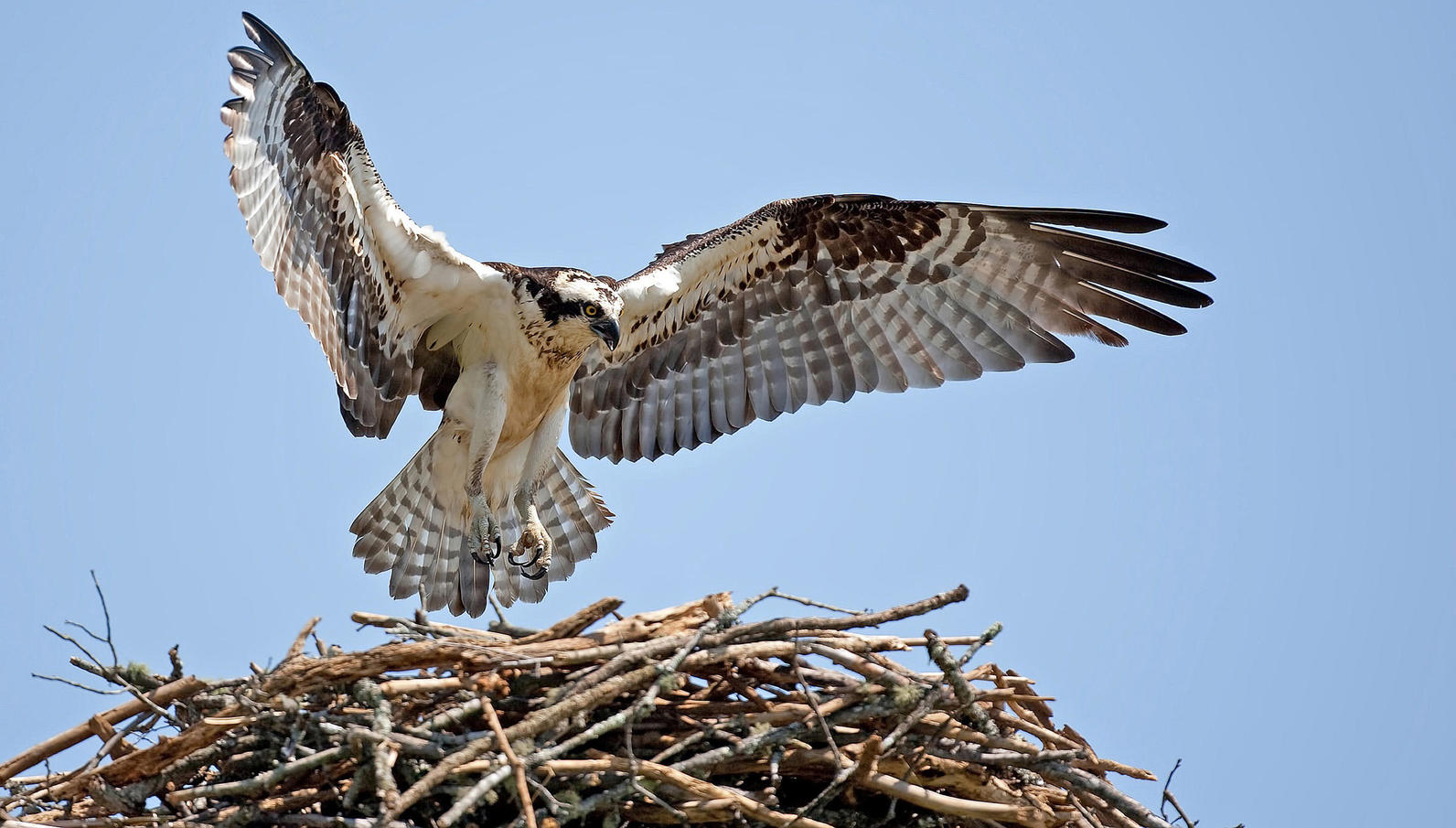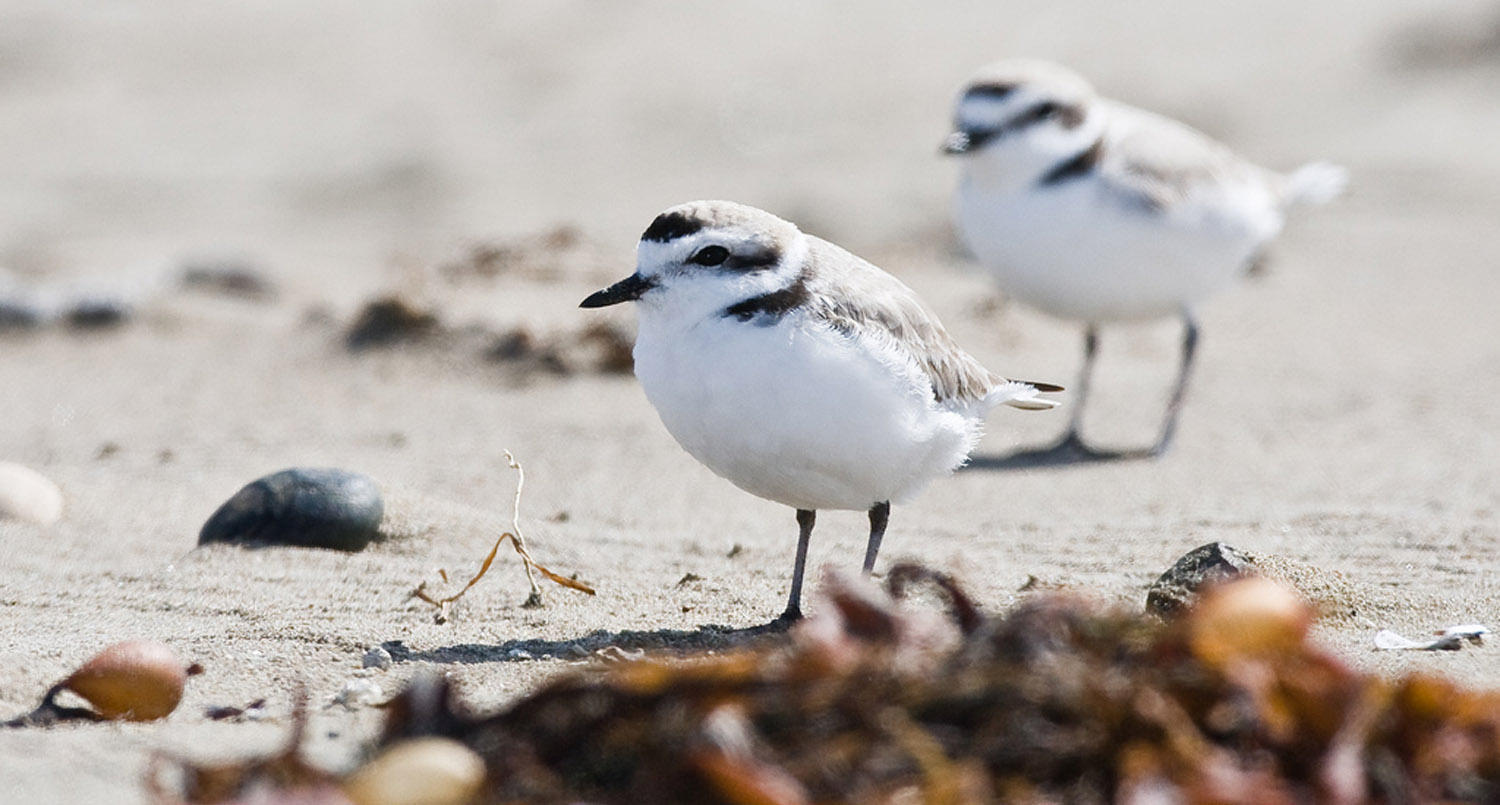Latest News and Updates from Audubon in California
California Condor. Photo: Scott Frier/USFWS

Golden Gate Audubon just installed a live web cam to follow an Osprey family nesting in Richmond. Richmond and Rosie are nesting at the Whirley crane near the Rosie the Riveter/World War II Home Front National Historical Park. Check out the camera and this great article in the East Bay Times to learn more about this exciting project.
Audubon President David Yarnold today was quick to condemn President Donald Trump's executive order reversing a number of federal policiy addressing climate change, most notably the Clean Power Plan:
Said Yarnold, “There are numerous paths to reach a clean energy future, but none-of-the-above isn't one of them. The administration is taking off the table our most concrete plans to deal with climate change—but without a single alternative."
Here in California, officials moved quickly to make it clear that they would fight the administration's attempts to back away from this country's progress on climate change. California has aligned with several other states to threaten court action over the administration's moves.
Despite its many conservation challenges, the Salton Sea remains a terrific place to view birds. More then 400 species can be spotted there, including a number of rarities. Check out the map below, then get out there. To download the map in English, click here. For a Spanish version of the map, click here.
Audubon California's Anna Weinstein talks about the importance of protecting pacific herring, which is a major source of food for birds.

Just want to draw attention to this terrific article from our friends at the U.S. Fish & Wildlife Service about the need to protect nesting birds such as the Western Snowy Plover.
We're on the lookout for new Tricolored Blackbird colonies this spring. Our team found this one at Atwell Island in Tulare County, a BLM property with an NRCS habitat enhancement on it. We were struck by how much more water there is in the wetlands this year. Our estimate was about 10 K birds.
Tricolored Blackbirds revving up for nesting season. Yesterday, our team found a growing colony of Tricolored Blackbirds at Atwell Island in Tulare County, a Bureau of Land Management property where the Natural Resources Conservation Service has done some habitat enhancements to attract the birds. We were struck by how much more water there is in the wetlands this year. Our estimate was about 10,000 birds.
Ventura Audubon Society and the Oxnard City Corps have been hauling tons of invasive plants miles and removing and erecting new fences to prepare Ormond Beach for Western Snowy Plover nesting season. This Ventura County Star article describes the hard work being done by a small group of dedicated people who are committed to giving the plovers a better chance at raising their young this year.
Cynthia Hartley, a biologist and the Vice President of Ventura Audubon, has been working with plovers for over 20 years. She has seen firsthand the challenges these little birds have to overcome every breeding season. "They're so tenacious. It's amazing everything they put up with," she said. "If we can protect them even a little bit, they'll come back and nest."
Our newsletter is fun way to get our latest stories and important conservation updates from across the state.
Help secure the future for birds at risk from climate change, habitat loss and other threats. Your support will power our science, education, advocacy and on-the-ground conservation efforts.
Join the thousands of Californians that support the proposed Chuckwalla National Monument.